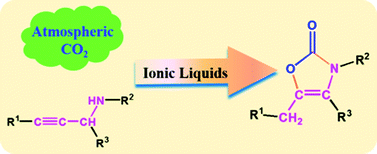
PROFESSOR DARREN J. DIXON
honoured on 14 Dec 2014

The research interests of the Dixon group lie mainly in the field of Organic Synthesis. We focus projects at the intersection between the discovery of new reactions and reactivity, the development of this into powerful synthetic methodology and its application to the total synthesis of natural products and molecules of biological significance. Furthermore we aim to make our chemistry accessible to the majority of organic synthesis chemists by making the reactions technically simple to perform, efficient, scaleable, selective and broad in scope. Our research is supported by a number of pharmaceutical companies (Pfizer, AstraZeneca, GlaxoSmithKline, UCB) largely through the CASE scheme and provides an excellent in-depth training in all aspects of organic synthesis. ‘Hot’ project areas where we have enjoyed significant successes include:asymmetric catalysis (organocatalysis and transition metal ion catalysis), reaction cascade catalysis (promoted by single and mutually compatible multiple catalysts), stereoselective methodology development and complex natural product synthesis.
Department of Chemistry, Chemistry Research Laboratory, University of Oxford, Mansfield Road, Oxford OX1 3TA (UK)
Email: Prof. Dr. Darren J. Dixon (darren.dixon@chem.ox.ac.uk)
Department of Chemistry, Chemistry Research Laboratory, University of Oxford, Mansfield Road, Oxford OX1 3TA (UK)
PROFESSOR DARREN J. DIXON
- See more at: http://organicchemistrysite.blogspot.in/#sthash.UFWwgFeS.dpuf

////////////////////////////////////////////////////////////////////////////////////
Read all about Organic Spectroscopy on
ORGANIC SPECTROSCOPY INTERNATIONAL 
 DRUG APPROVALS BY DR ANTHONY MELVIN CRASTO .....FOR BLOG HOME CLICK HERE
DRUG APPROVALS BY DR ANTHONY MELVIN CRASTO .....FOR BLOG HOME CLICK HERE
Join me on Linkedin

Join me on Facebook
 FACEBOOK
FACEBOOK
Join me on twitter

 amcrasto@gmail.com
amcrasto@gmail.com






 DRUG APPROVALS BY DR ANTHONY MELVIN CRASTO .....FOR BLOG HOME CLICK HERE
DRUG APPROVALS BY DR ANTHONY MELVIN CRASTO .....FOR BLOG HOME CLICK HERE














